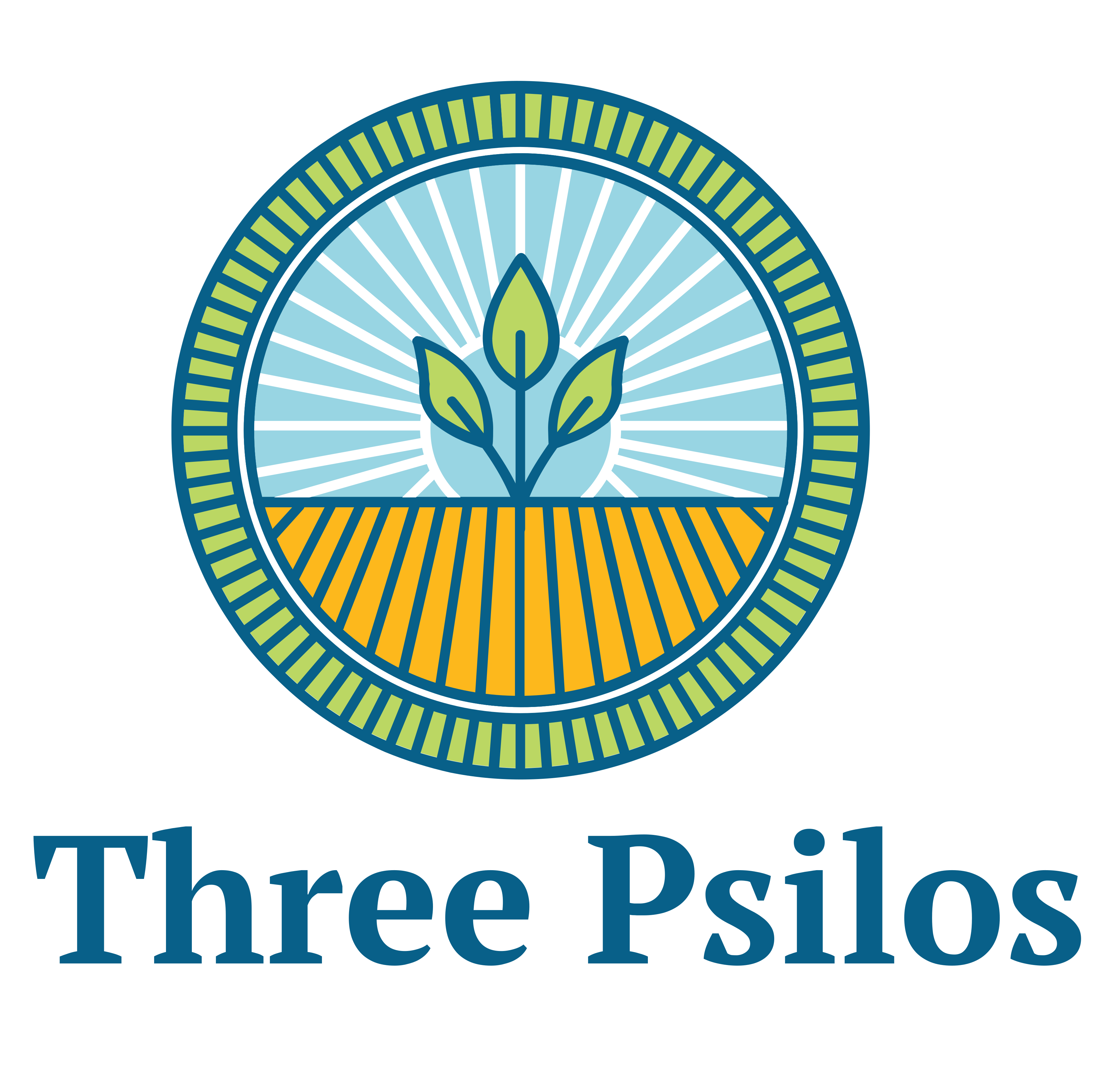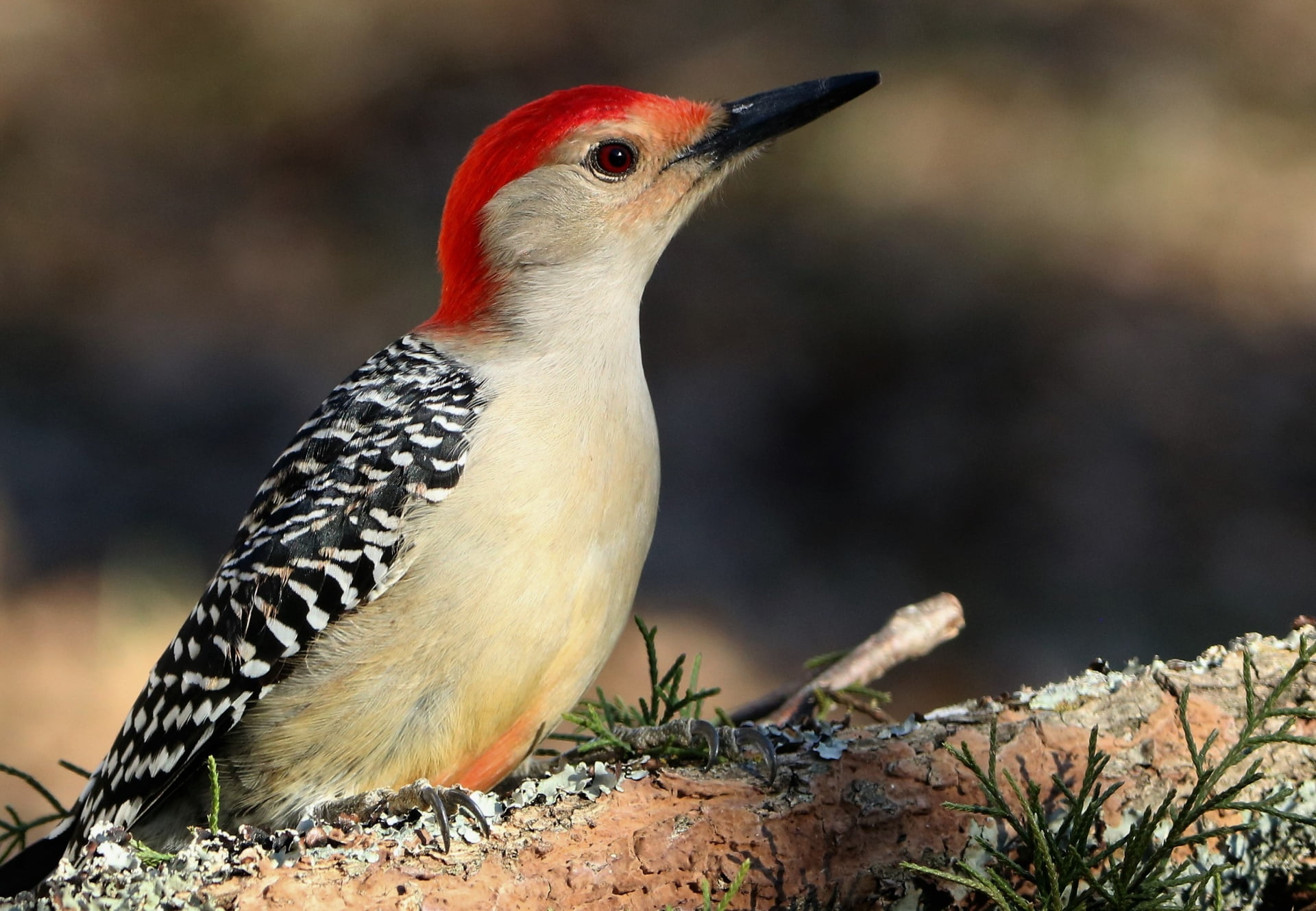Introduction
This plan outlines the transition and reintroduction process for Buppie, a fully-fledged Red-Bellied Woodpecker (Melanerpes carolinus), who was rescued from a section of Slash Pine (Pinus elliottii) tree trunk found in a local dump. Buppie miraculously survived the chainsawing, stacking, and dumping of his nest. He has since been hand-fed and nurtured to independence. As a Florida Ecologist with a focus on the effects of homesteading on native species, and as a member of the International Wildlife Rehabilitation Council (IWRC), this plan aims to ensure Buppie’s successful reintegration into his natural habitat.
1. Nest Box Placement
Objective: Provide a suitable and secure nesting environment that mimics Buppie’s natural habitat.
– Location: The nest box will be mounted in a Cabbage Palm (Sabal palmetto) in the backyard, which offers a vertical structure similar to the dead pine tree Buppie originally inhabited. The box will be positioned at a height of 10-20 feet, an elevation that mirrors natural nesting sites.
– Orientation: The entrance to the nest box will face south or east to ensure it receives morning sunlight, providing warmth and protection from prevailing winds and rain.
– Integration with Existing Habitat: The nest box will be placed near the magnolia
– Predator Guard Baffle: Use 1” hardware cloth to form baffle around Cabbage Palm trunk three feet below nest box. Leave channels for Southeastern Five Lined Skinks (Plestiodon inexpectatus) observed on Cabbage Palm trunks.
2. Gradual Release
Objective: Facilitate Buppie’s independent reintroduction to his natural environment while providing a secure base during the transition.
– Initial Containment: To ease the transition, Buppie will be secured in the nest box with the entrance temporarily covered while the box is being placed. This will allow him to acclimate to the new environment.
– Controlled Release: Once the box is securely in place, the entrance will be uncovered, allowing Buppie to exit and explore his surroundings at his own pace. Close monitoring will be conducted during the initial days to ensure his well-being.
3. Encouraging Natural Behavior
Objective: Promote the development of natural behaviors essential for survival in the wild.
– Chi Calling: Continuation of Chi Calling will be used to attract the adult Red-Bellied Woodpecker, facilitating communication and mentorship opportunities for Buppie.
– Food Supply: Natural food sources such as suet and insects will be provided near the nest box. These food sources will be gradually moved farther away to encourage Buppie to forage independently while ensuring he has access to nutrition during the transition.
4. Shelter and Safety
Objective: Ensure Buppie has a safe and secure place to roost during the night and is protected from potential predators.
– Night Shelter: The nest box will serve as Buppie’s primary shelter. If he shows reluctance to use the box, it may be moved closer to the magnolia tree or alternative shelters may be offered temporarily near the oak tree to provide immediate protection.
– Predator Awareness: The area around the nest box will be monitored to ensure it remains free from common predators such as snakes or raccoons, which could pose a threat to Buppie.
5. Monitoring and Adaptation
Objective: Regularly observe Buppie’s behavior and adapt the reintroduction plan as needed to ensure successful reintegration.
– Regular Observation: Daily monitoring of Buppie’s behavior will be conducted to assess his adaptation to the new environment. Any signs of distress or hesitation will prompt a reassessment of the plan.
– Flexibility: The plan will be flexible, allowing for adjustments based on Buppie’s preferences and behavior. If he gravitates towards the magnolia tree or another area, accommodations will be made to support his choices.
6. Community Engagement
Objective: Involve the local community in supporting Buppie’s transition to foster a safe and welcoming environment.
– Neighbor Involvement: Engaging neighbors in Buppie’s transition process will help ensure a safe and supportive environment. Educating them on avoiding harmful chemicals and providing supplemental food sources will enhance Buppie’s chances of success.
7. Documentation and Study
Objective: Document Buppie’s transition and use the findings to contribute to the understanding of wildlife rehabilitation in human-modified landscapes.
– Documenting the Transition: Detailed records of Buppie’s behavior, interactions, and adaptation will be kept throughout the reintroduction process. These observations will be valuable for understanding how Red-Bellied Woodpeckers and other native species can adapt to altered landscapes.
– Sharing Insights: As a member of the IWRC and a Florida Ecologist, these findings will be shared with the broader ecological and rehabilitation community to inform and improve future wildlife reintroduction efforts.
Conclusion
This Red-Bellied Woodpecker Transition and Reintroduction Plan is designed to facilitate Buppie’s successful return to the wild while ensuring his safety and well-being. By combining ecological knowledge, careful planning, and ongoing monitoring, Buppie will be given the best possible chance to thrive in his natural habitat. This plan serves as a model for similar efforts to reintegrate wildlife into human-altered environments, contributing to the broader goals of conservation and wildlife rehabilitation.
References
E. B. Peck. “The Red-Bellied Woodpecker: Melanerpes Carolinus.” The Ornithologists’ and Oologists’ Semi-Annual, vol. 2, no. 2, 1890, pp. 15–15. JSTOR, http://www.jstor.org/stable/4153274. Accessed 19 Aug. 2024.
Williams, Matt. Endangered and Disappearing Birds of Appalachia and the Southeast. University Press of Kentucky, 2024. JSTOR, https://doi.org/10.2307/jj.10595445. Accessed 19 Aug. 2024.

